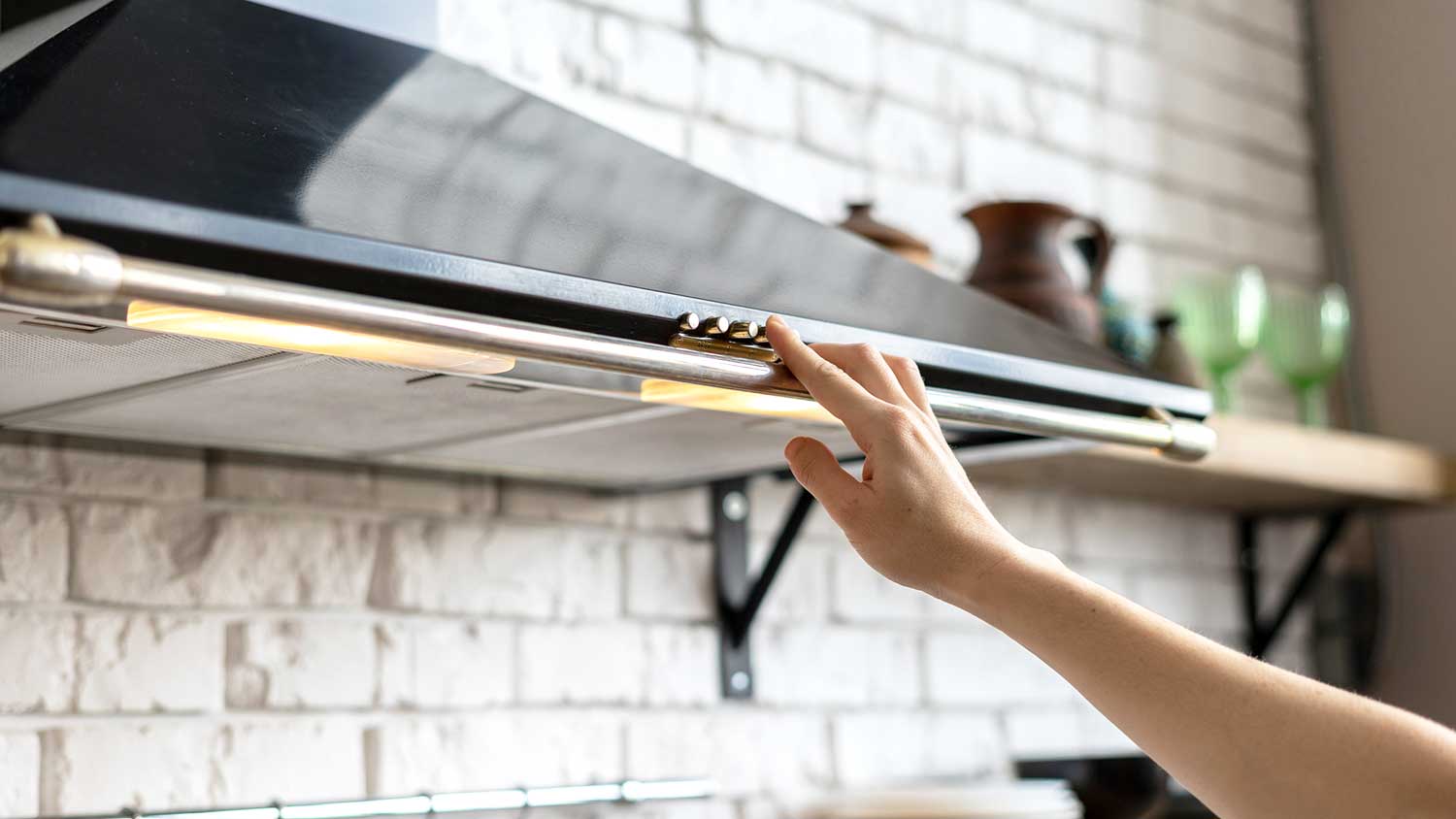
Wooden windows elevate a home’s curb appeal and have a lifespan of up to 45 years. Learn about the cost of wooden windows and how to get an estimate.
Condensation, condensation go away


Condensation forms when warm and humid air touches a cool surface.
Condensation on the inside of your windows may result from simple sources you can handle on your own.
In other cases, the issue may lie with your windows and require the help of a pro.
Condensation forms when water vapor in warm and humid air gathers on a cooler surface. That’s the reason why a glass of cold water develops water on the outside when the surrounding temperature is warm and humid. Condensation can form on windows for a variety of reasons, some of which you can’t control and some you can. Let’s take a closer look at why condensation is on the inside of your windows.
Have you noticed that condensation happens when the air is warm inside your home and cool outside? This is because the air outside is drier than the indoor air, creating an imbalance. Regular daily activities—such as breathing, showering, and cooking—often generate enough humidity to cause condensation to form, but there is a solution.
While there’s not much you can do about the fact that the air inside your home is warmer than the air outside in the winter, you can run a dehumidifier to reduce the humidity and the amount of water vapor clinging to the window. You can buy a portable dehumidifier and place it in the rooms where condensation is the greatest, or you can install a whole-house dehumidifier, which costs between $1,300 and $2,800.

Running the dryer, cooking, and showering can all introduce more humidity into the home. Luckily, each of these areas comes with vents and exhaust fans to remove the hot air—dryer vents, oven hoods, and bathroom fans all act to pull hot, moist air out of the space. Condensation on the inside of your windows can happen when these ventilation methods aren’t enough to keep up with the amount of moisture in the air—or you forgot to turn them on.
Simply remembering to use the fan when you cook or shower can help reduce the humidity in your home, reducing condensation on the inside of your windows. If there’s something wrong with a vent or fan, you can try to fix it on your own or call an exhaust fan installer near you to help.
When you leave the curtains closed in the winter, it can help insulate your home from the colder outdoor temperatures. But it can also trap warm air between the curtains and the windows, especially on sunny days, which can increase the amount of condensation that forms.
This one’s easy—open the curtains or blinds during the day. You can enjoy the sunshine while also cutting back on condensation.

Damp items and spaces such as firewood, plants, or a dirt crawl space can add humidity to your home. Stay with us for this one—unseasoned firewood and plants give off moisture, which makes indoor air more humid. Humidity can seep inside from the crawl space, especially if it has a dirt floor.
To solve this issue, you can store firewood outside in a dry location and bring in smaller amounts as needed. If you have a lot of plants, you can move them away from the windows or keep them in one room and be careful not to overwater. To reduce the humidity from a dirt crawl space floor, you can learn how to install a vapor barrier or call in a pro to cover the dirt.
Before you call a pro, try a few of the simple steps we suggested to reduce humidity levels in your home—turn on exhaust fans, run a dehumidifier, or open the curtains during the day. If you still see excessive condensation on the inside of your windows, it might be time to call a local window repair pro and have them assess the seal on your windows and make any necessary repairs to ward off mold and mildew.
From average costs to expert advice, get all the answers you need to get your job done.

Wooden windows elevate a home’s curb appeal and have a lifespan of up to 45 years. Learn about the cost of wooden windows and how to get an estimate.

Window replacement enhances your home's appearance and helps to maintain a consistent indoor temperature. Discover the cost of window replacement in Columbus.

Window repair costs in Columbus, Ohio, depend on several pricing factors, including the type and size of the repair it needs and the window itself.

Window capping can help protect your wood windows from damage and extend their lifespans. Keep reading this guide to learn more about what window capping is.

Adding a bay window brings many perks, like more light and increased home value. But there are some drawbacks to consider before starting this project.

Knowing how to insulate windows can keep you cool in the summer and warm in the winter. Suffice to say, it’s an important skill to have. Learn more here.